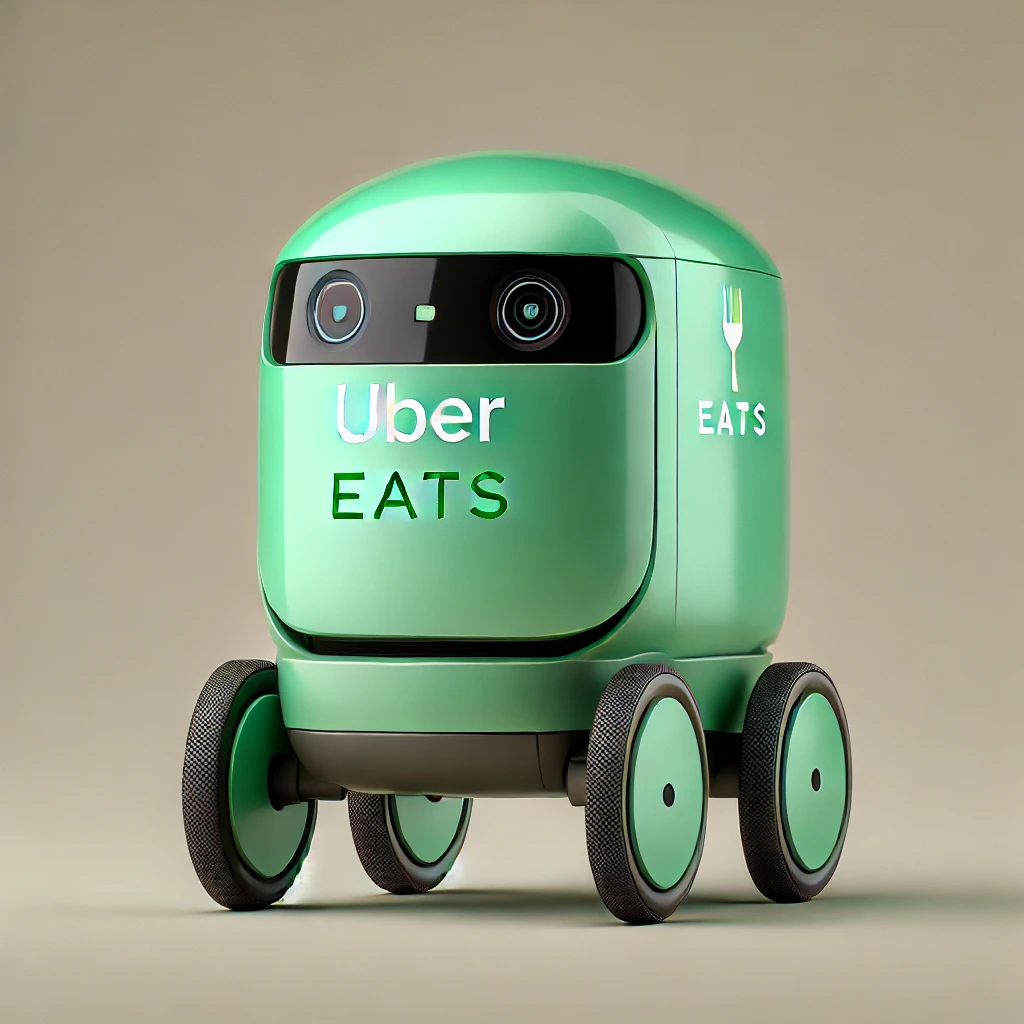Japan’s Uber Eats, Mitsubishi Electric and robotics company Cartken launched an autonomous robot online delivery service on February 21, which is expected to be launched in some areas of Tokyo in March this year.
This is the second country after the U.S. where Uber Eats provides robot delivery service. The delivery robots designed by Cartken and utilizing artificial intelligence (AI) technology will be deployed on the Uber Eats app after being adapted, introduced and operated by Mitsubishi Electric according to Japanese specifications.

Imagine during heavy rain or extreme heat, the number of delivery partners decreases, leading to a shortage of delivery partner. This creates a situation where demand exceeds supply, causing consumers to be unable to place orders and restaurants to be frustrated by their inability to serve customers. This is a classic example of a negative network effect, where the sudden shortage of labor negatively impacts the Uber Eats platform, consumers, and restaurants alike. Can we control the weather to solve this issue? The optimal solution, I propose, would be the use of delivery robots.
Can Uber Eats robots really deliver with precision? I think that’s a question and a curiosity that most people have. Uber Eats and Cartken’s delivery robot is 71 centimeters long, 46 centimeters wide, and 60 centimeters high, and can transport up to 20 kilograms of food at a top speed of 5 kilometers per hour. The robot is equipped with AI modeling, self-driving and remote control functions, and can automatically detect people and things around it to avoid collisions. After the consumer orders the meal using the app, the robot will go to the store to pick up the meal at the standby place and deliver the meal to the designated place.
I think delivery robots will be applied to Uber Eats all over the world in the near future, which will not only reduce the shortage of delivery partners, but also speed up the overall delivery process, and give the company more room to improve the delivery process.
